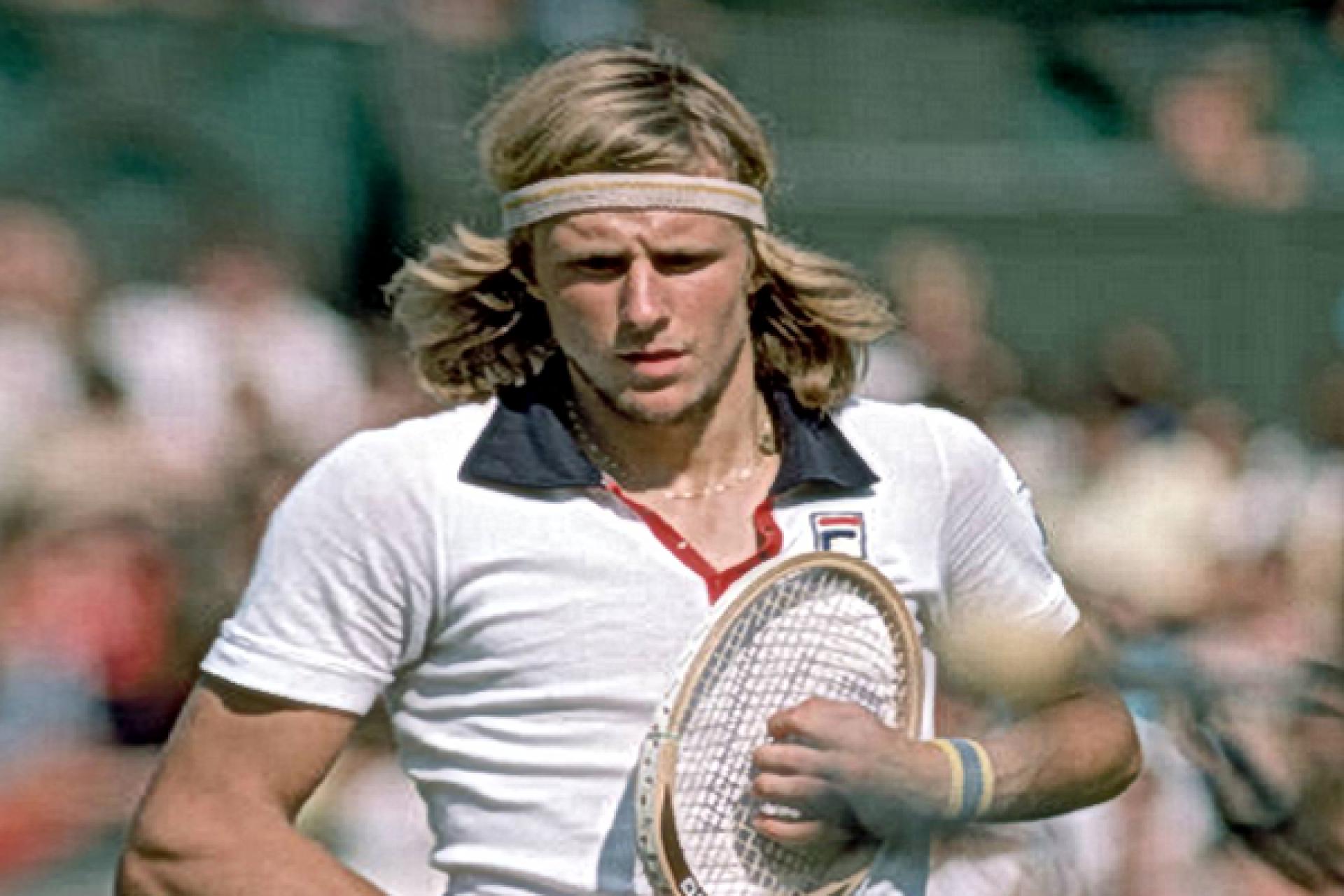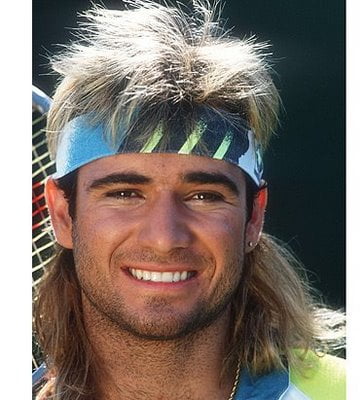Introduction
Tennis is much more to me than just an interesting sport or a way of life, it’s loyalty combined with athleticism in addition. Since then, tennis apparel has changed greatly from decade to decade — fundamentally reflecting changes in society as a whole, advancements in fabric technology and alterations made across the board with fashion trends. Over the decades, tennis outfits have evolved from long skirts and heavy fabrics to high-performance athletic wear. To enjoy tennis even more visit http://moreeeglory.com/ and pick your next tennis event to wager on. And now read on to find out more about the history of the tennis outfit.
The Early Days: Tennis Fashion in the 19th Century
The Birth of Lawn Tennis and Early Attire
Originally called lawn tennis, the game worked its way into a favorite English summer pastime of the upper class in late 19th century. The initial lawn tennis tournament at Wimbledon in 1877 created the establishment for that sport’s quick progress. But the gear used in those early games was a long way from today’s sleek offerings.
Victorian Modesty: Long Skirts and High Collars
During the Victorian era, they conformed to social standards of modesty and formality that not only required proper clothes in public but demanded a change once indoors. The longer dresses sported by women were looser fitting and went down to their ankles, with long sleeves on high-necked blouses and the addition of wide-brimmed hats for protection against the sun; men wore just anything but revealed himself in public wearing trousers, a button-up shirt tied up – sometimes even added ties or side-hats.
The Challenges of Early Tennis Attire
Heavy fabrics, constrictive cuts and layer upon layer of clothing meant that the first tennis outfits were exceptionally restrictive for movement — which in turn made it hard for players to move as swiftly or comfortably on court. Players were forced to comply with such dress codes due to the fashion trends of the era which came at a cost, frequently forsaking performance for style.
The Introduction of White: Tradition Begins
It was also during this period that the tradition of white tennis attire began. White was seen as the color of purity and wealth, so it was chosen to conceal less sweat in a sport played under sunlight. That all-white dress code (which we most commonly associate with Wimbledon now) would be one of the longest lasting impacts early tennis style.
The 1920s and 1930s: A Shift Towards Practicality and Style
Suzanne Lenglen: The Trailblazer of Tennis Fashion
The roaring 20’s were a revolutionary time for tennis fashion, and we have the french tennis star Suzanne Lenglen to thank. Lenglen, who would emerge as a tremendous challenger of customary apparel with shorter and lighter distant recollections bulky dresses. In those year Venus won the Sydney Olympic Gold medallion and established herself as one of American sport’s hottest couple years winning Wimbledon in 2000 wearing that mini mid-thigh white pleated skirt, short sleeved blossom and a bandeau headband (Vogue). Ruffled many conservative tennis fans but set the trend for more practical astrological apparel.
The Influence of Jean Patou
Lenglen had her outfits created by Jean Patou, a pioneering French fashion designer with an innovative approach to sportswear. Patou created Lenglen designs that set the standard for fashionable ease — nowhere more stylish than at Wimbledon The style of her game was liberating, but it was also supported by Lenglen’;s liberation in dress; showy short hemlines, aerodynamic cloths and stylish headwear made movement fester for the French woman. The fashion-sport union this collaboration represented was a first in tennis.
The Rise of the Tennis Polo: René Lacoste’s Innovation
The late 1920s also saw the introduction of more formal, iconic tennis attire when French tennis champion René Lacoste (above) developed a polo shirt specifically for his sport. Lacoste was unhappy with the traditional long sleeve shirts players wore on court, so he designed a short-sleeved, light-weight cotton polo shirt and sported it himself at all his matches. With its body-hugging fabric, the shirt was a game-changer in men’s tennis-wear and soon became iconic style both on or off the courts.
The Birth of the Lacoste Brand
His Lacoste brand of polo shirts with a crocodile insignia on the left breast became popular right away, spawning an actual company in 1933. The brand’s influence on tennis fashion is hard to overstate; it introduced a sporty-casual elegance that would accompany clothes meant for racquet sports from then forward.
The Mid-20th Century: Function Meets Fashion
The Influence of Wimbledon and the All-White Rule
Tennis apparel began to become standardized, mostly in the mid-twentieth century or at more high-end events such as Wimbledon that had a strict policy of an all-white dress code. This era was renowned for its minimal, timeless aesthetics and an accent on miserly silhouettes to aid movement. Where ladies wore handiest skirts with polos or sleeveless pinnacle and men persevered to place on polo tops paired with tailor-made shorts.
Ted Tinling: The Designer Who Shaped Women’s Tennis Fashion
Tinling was a former player turned design which the American National Museum of History refers to one o9f th most influencial figures in women’s tennis fashion from 1940-17700. One of the most high-profile female athletes to wear a Tinling creation was Billie Jean King, along with another of the tennis greats such as Chris Evert and Martina Navratilova. Many of Tinling’s designs were in bright colours, included lace trims and featured unconventional styles for on-court clothing.
The Transition to Synthetic Fabrics
The 1950s and ’60s also heralded a move from natural to synthetic fabrics in the tennis garb. Heavy cotton was replaced with materials such as nylon, spandex and polyester that increased flexibility, moisture-wicking capabilities and durability. These changes permitted players to compete at a higher level because the new fabrics were lighter allowing for more breathability and unrestricted movement.
The 1970s to 1990s: The Era of Expression and Brand Influence
The Rise of Sponsorship and Branded Clothing
The fashion of tennis became commercialized at the latter part of 20th Century, with invasion by big sports brands such as Nike and Adidas along with Fila. Athletes started landing lucrative endorsement deals, which turned them into athletes and brand ambassadors. Players were all of a sudden reel models as their clothing became just another badge, with logos emblazoned across shirts, skirts and headbands.

Björn Borg and the Headband Revolution
Björn Borg, the quintessentially Swedish tennis powerhouse who became as renowned for his headbands and striped polo shirts. The “rock star” image of Borg in tennis culture translated into a new aura that excited and inspired an entire fan base and generation of players. Arguably more so than anyone before him, McEnroe showed that performance and off-the-court fashion did not need to be mutually exclusive with his Fila partnership creating some of the most iconic tennis outfits ever seen.
The Agassi Effect: Breaking Boundaries with Bold Fashion
Andre Agassi— arguable the flamboyant player of tennis in 1990s took the rebel legion level. Agassi wore some of the more eccentric outfits ever seen at a sporting event; satin baseball jackets, biker shorts and denim shorts shrouded his body in colorful spandex. Funded by Nike, Agassi’s daring attire was seen as a statement of his identity amid the staid environs of tennis but also helped support capture for youthful viewers.
Fashion as an Extension of Personality
But while Agassi made his mark on tennis clothing, he also showed that fashion is more than just a mode of dress. His ability to go beyond those boundaries made it easier for other players with distinct styles to do the same.This would ultimately clear path of more variation in tennis apparel. This was during a time when fashion hit the forefront of an athlete’s brand, now being dictated by players on both ends and transcending beyond just how well they played.
Modern Day: Performance-Driven, Sustainable, and Stylish
The Role of Technology in Tennis Apparel
Modern tennis activewear is now state of the art fabric technology, boosting performance through moisture management, UV protection and even ergonomic fit. It is literally designed to be more lightweight, breathable and thin for brands like Nike, Adidas or Under Armour with the same gels used elsewhere on their sports performance products but obviously tailored so that it fits dry into a cleat when needed by NFL players. Designed to alleviate tiredness, increase circulation and comfort athletes in high-intensity environments, features such as mesh panels, compression fits and seamless construction are key.
Sustainability in Tennis Fashion
Tennis fashion in the modern days have also been influenced by eco-friendly and sustainable materials. From recycled fabric to organic cotton and low-impact dyes, brands are helping you green your athletic routine. Athletes like Venus Williams selling her EleVen brand of fashionable and sustainable gear is here to ensure that you do not have to make any compromises between style, sustainability or performance.
Contemporary Icons and Their Influence
The world’s best players are always looking for new ways to stand out on the court. The tennis ace has worn some of the most daring and innovative outfits on-court, from catsuits to tutu dresses, regularly making headlines thanks to fearless fashion sense. The taste in clothing extends to the court as Roger Federer, still timeless and elegant on it; Naomi Osaka with more streetwear influences along with personal flare from Nick Kyrgios.
Fashion Statements that Go Beyond the Court
Some of the trends borrowed from tennis styles can be seen in fashion off-court today. Tennis skirts make a regular appearance in street fashion, polos and tennis shoes are everywhere; the sport makes its mark on mainstream culture. That crossover appeal really drives home the point: A game of basketball is not just a physical event, but it’s also its own subculture and phenomenon.
Conclusion
The evolution of the tennis outfit is history writ large, a colossus that shuffles and stirs along with broader social changes in fashion, technology. To serve the game and their games, tennis fashion has evolved from to tailored-looking clothing of eras past like Victorian times into high-tech performance-driven gear in today’s world. Yet as tennis evolves, one thing is for sure; it will never lose its place at the vanguard of sport fashion and forever inspire future generations to both play the game with skill and spirit.



